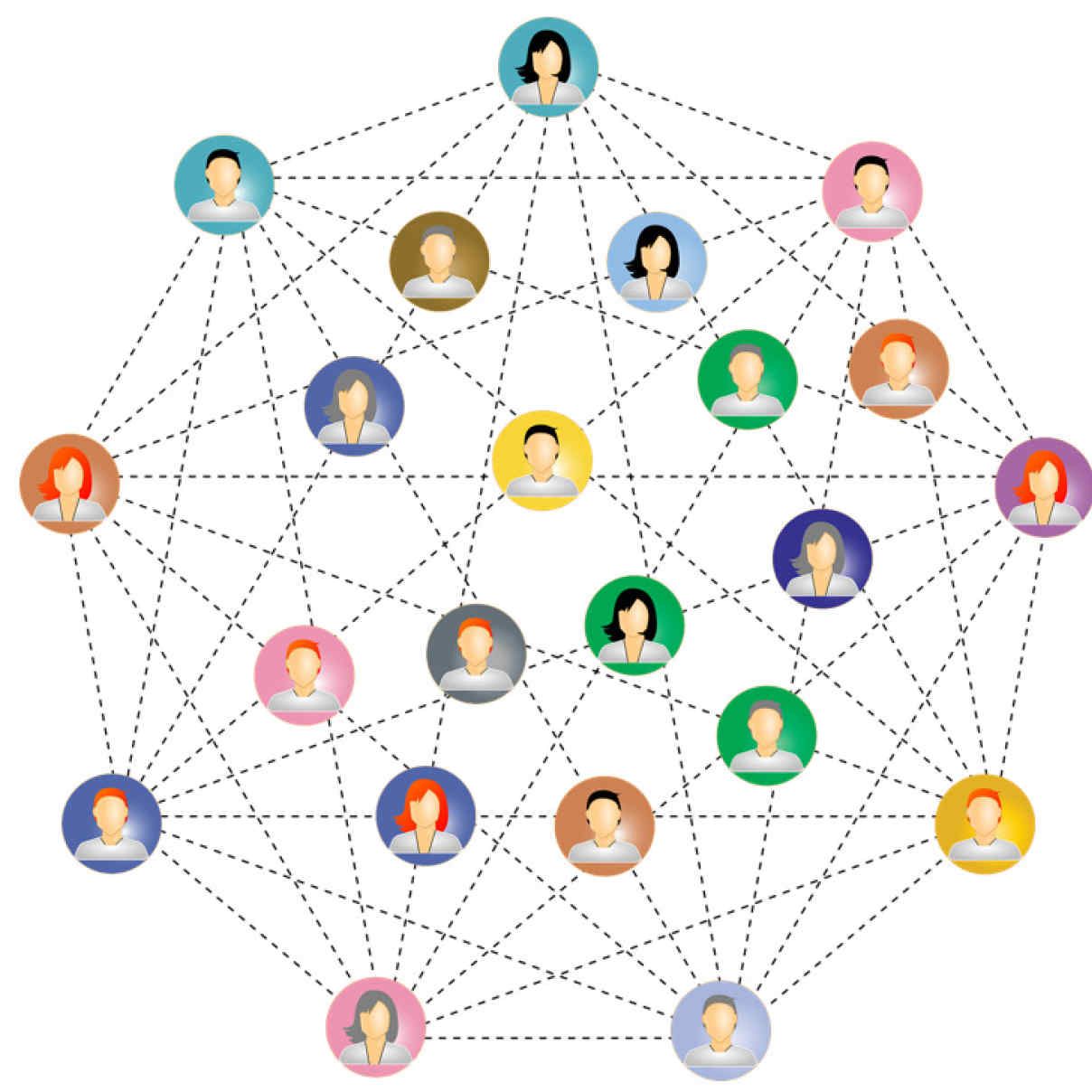Key Info
Date:
16th February 2021
Activity:
Zoom call with members of the BRC public advisory panel: introductory slides & breakout room discussions
Speakers (A-Z):
Dr Penni Manousou
Hosts / Breakout room facilitators:
Halle Johnson, Maria Piggin
Call overview and agenda
On 21 January 2021, Dr Penni Manousou presented her proposed research plans for an NHS platform for interpreting liver biopsies from patients with Non-Alcoholic Fatty Liver Disease using Artificial Intelligence to members of the Imperial BRC Public Advisory Panel (Panel) via an online Zoom meeting.
The aim of this particular online session was to:
- Introduce the topic and area of research
- Q&A
- Facilitate small group discussions exploring the topic further with panel members
Summary of Key Insights
This following is a summary of the themes identified in breakout room discussions, more details of which are set out in the full report.
Overall thoughts on the use of the Artificial Intelligence platform in clinical practice
Panel members were generally supportive of the use of Artificial Intelligence in healthcare generally and in this project in order to permit more objectivity and get results faster as well as to save the NHS money. However, it was noted that it was unfortunate that an invasive procedure had to be undertaken before Artificial Intelligence could be utilised in this example. It was considered there was a need to understand the morbidity and mortality of NAFLD and the risk of liver biopsies to fully understand the value of the proposed platform. The potential for an early diagnosis of NAFLD was seen as beneficial if it would motivate a change in lifestyle. One panel member was concerned about potential bias within the system if the Artificial Intelligence is only going to learn from input into the system by clinicians.
Possible concerns from point of view of patient/family member
The following potential concerns were identified by panel members: how accurate the Artificial Intelligence platform is at determining diagnosis and disease stage in comparison to liver experts’ and if there are any other options for determining diagnosis and disease stage and how their accuracy compared to Artificial Intelligence; whether the project had been reviewed by an ethics committee; implementation of data security aspects; and whether there would be acceptance of the result being determined by Artificial Intelligence although the fact of its objectivity may assist.
Suggestions for involving patients/public in project
Suggestions by panel members for involving patients/public in the 3-year project included involving non- NAFLD affected public and those at risk of NAFLD as well as those with lived experience. Carers and those from diverse backgrounds should also be included. Their involvement should be from the outset and throughout all the stages of the project including at the dissemination stage and one suggestion was to involve people in evaluating [biopsy] slides of people with NAFLD after being given training. The inclusion of a Steering Committee of patients and the public was recommended who could be kept informed about the research and have opportunities to sense-check and advise the research team. People to involve could be recruited through weight loss groups and recruitment should involve the use of clear and specific language to explain Artificial Intelligence and training should be provided.
How we used the insights
This insight report summarising key points from the session was made available to the researcher and the BRC Executive in order to shape the BRC application as well as the funding application for this project. The report was also provided to the Panel members who took part in the involvement activity. A full report on all public involvement activities undertaken in preparation for the BRC application can be found here.
We would like to thank all those members of the public who gave their time and thoughtful insights through these activities, and the researchers who engaged enthusiastically in the process.
Contact us
PERC Director and Co-Founder
Prof. Helen Ward
h.ward@imperial.ac.uk
For enquiries about public involvement in research and research more generally, please email:
publicinvolvement@imperial.ac.uk
Read our blog
All posts- HOPE for Hand Osteoarthritis
- Having an Impact with Public Involvement in Paediatric Intensive Care Research
- Public engagement and involvement at the Cardiomyopathy UK conference: When researchers and the public meet
- Why did nobody ask us?! Reflections and findings from co-produced research into children’s vaccine uptake.
- Three key takeaways from our participation in the Research Engagement Network (REN) community roadshows
- You and Your Health Data: Results of our Great Exhibition Road Festival activity

